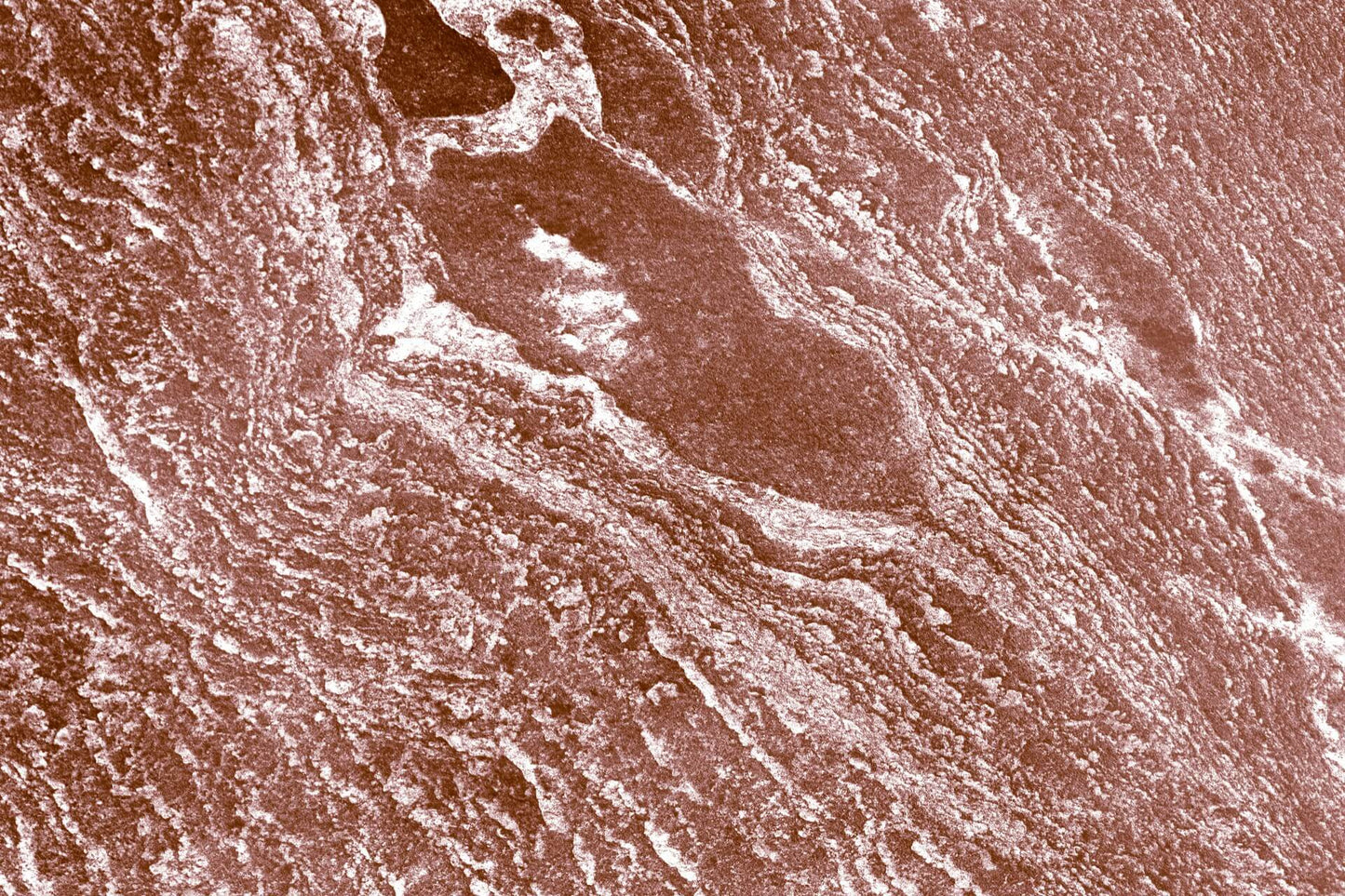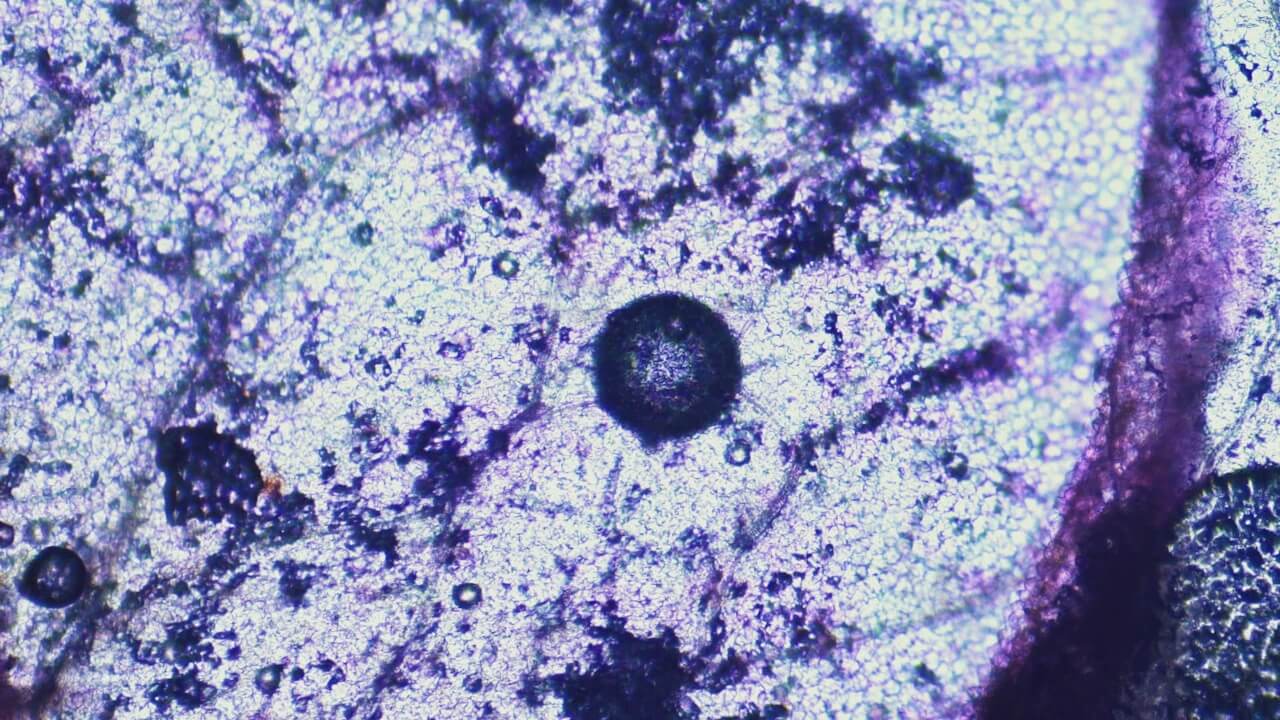
N-acetyl-L-cysteine (NAC): Cellular resilience and beyond
Introduction
N-acetyl-L-cysteine (NAC) is a remarkable compound that has garnered significant attention in both clinical practice and research for its ability to bolster the body's antioxidant systems. Historically used primarily in healthcare settings – particularly as treatment for respiratory conditions and paracetamol overdose – recent research into stress, cellular resilience, and systemic health reveals considerably broader potential.
Biochemical mechanisms and glutathione production
NAC's biochemical significance lies primarily in its role as a precursor to glutathione, our most powerful intracellular antioxidant. NAC supplies cysteine, the critical building block that often limits the body's glutathione production. This tripeptide, consisting of cysteine, glycine, and glutamate, exists in high concentrations throughout cellular structures, where it functions as a central defence against oxidative stress. Beyond contributing to glutathione production, NAC contains a free thiol group that directly neutralises certain reactive oxygen species, offering enhanced antioxidative protection.
The compound's biochemical influence extends further into protein chemistry through its ability to break disulphide bonds. This property explains NAC's effectiveness as a mucolytic agent in respiratory conditions, where it helps normalise mucus consistency. Through glutathione-dependent pathways, NAC also modulates cellular signalling networks that regulate inflammatory processes and stress adaptation, explaining its extensive physiological effects.
Mitochondrial function and cellular energy production
The connection between NAC and mitochondrial health underscores the compound's central role in cellular energy metabolism. Mitochondria, the cell's power plants, produce significant amounts of reactive oxygen species as byproducts during energy generation. NAC protects mitochondrial function by ensuring adequate levels of mitochondrial glutathione (mtGSH), which then shields these organelles from harmful oxidative stress. Research shows that sufficient mtGSH levels help preserve mitochondrial integrity across various types of cellular stress.
Recent clinical research offers encouraging evidence for NAC's beneficial effects on mitochondria. A study combining NAC with glycine showed improvements in mitochondrial function among older subjects. After 16 weeks of supplementation, participants exhibited improved mitochondrial efficiency and metabolic values approaching those typically seen in much younger individuals. These findings suggest potential for enhancing cellular energy production and metabolism, particularly regarding age-related changes.
Managing oxidative stress and inflammatory response
The interplay between oxidative stress and inflammation presents a fundamental challenge to cellular health. NAC addresses both processes through several distinct mechanisms. By promoting glutathione synthesis, NAC strengthens cells' ability to neutralise harmful oxygen compounds before they damage cellular structures. Research consistently shows that NAC supplementation helps maintain healthy oxidative stress markers across various tissues.
The impact on inflammatory processes occurs through multiple pathways, primarily by modulating the NF-κB signalling pathway, a key regulator of inflammatory responses. This modulation affects the production of key inflammatory mediators such as TNF-α, IL-6, and IL-1β. Studies in both cell and animal models indicate that NAC supplementation may help balance inflammatory responses, benefiting optimal tissue function and recovery.
Cognitive function and neurological applications
Antioxidant defence and glutamate homeostasis
The brain, with its high energy demands, rich lipid content, and sensitivity to oxidative stress, particularly benefits from the NAC’s protective properties. Research shows that it effectively promotes healthy glutathione levels in neural tissue, enhancing antioxidant defence in the central nervous system. It also modulates glutamate transmission via the cystine-glutamate antiporter, maintaining neurotransmitter balance.
Dopamine balance and reward circuitry
Beyond its antioxidant role, N‑acetyl‑L‑cysteine interacts with the brain’s motivation and impulse‑control networks – especially the glutamate ↔ dopamine loop of the striatum.
- Neuro‑imaging evidence. In a small pilot trial on Parkinson’s patients, combined oral + IV NAC increased dopamine‑transporter binding in the caudate and putamen, with parallel improvement on clinical motor scores
- Cell‑culture protection. A 2024 neuronal study reported that NAC raised extracellular dopamine and prevented 6‑OHDA‑induced loss of tyrosine‑hydroxylase, VMAT‑2 and α‑synuclein
- Homeostatic modulation. In rat brain‑slice experiments, low concentrations of NAC increased amphetamine‑triggered dopamine release, while high concentrations reduced it, indicating that NAC helps stabilise rather than merely boost dopamine output
- Clinical relevance. Psychiatric reviews note that NAC, via the cystine-glutamate antiporter, helps normalise dopaminergic firing patterns in addiction and compulsive‑behaviour studies
These findings indicate that NAC can buffer oxidative stress while stabilising dopaminergic tone – a dual action with implications for focus, motivation and impulse control.
Cellular ageing and immune system support
Research on NAC's effects on cellular ageing processes has yielded valuable insights from various experimental models. Human studies, particularly those combining NAC with complementary compounds like glycine, have demonstrated improvements in several age-related parameters. These include muscle function, metabolic health, and inflammatory markers. Such findings suggest possibilities for promoting healthy ageing processes at the cellular level.
NAC's effects on immune function have attracted extensive research interest. The compound supports immune system function through several mechanisms, including maintaining glutathione levels in immune cells and balancing inflammatory processes.
Safety profile and practical applications
NAC's safety profile is well documented through decades of clinical use and research. Common supplement doses range from 600 to 1,200 mg daily, usually divided into two doses. Some people may experience mild digestive discomfort, which usually resolves by adjusting the dose or taking the supplement with meals. Long-term studies show good tolerability, with excess NAC efficiently processed through the body's normal metabolic pathways.
Standard precautions apply for specific groups such as pregnant or nursing women and people with serious respiratory conditions. As with all compounds that affect fundamental cellular processes, consultation with healthcare professionals is advised for individuals with specific health conditions.
Conclusion
N-acetyl-L-cysteine is a well-studied compound with mechanisms that enhance multiple aspects of cellular health and function. Its role in glutathione production, oxidative stress management, and cellular signalling continues to attract research interest across various fields of health science. While initially valued for specific clinical applications, ongoing research continues to broaden our understanding of its significance for cellular resilience and overall health
Thione – science-backed cellular supportalth
References
Aldini, G. et al. (2018). ‘N-acetylcysteine as an antioxidant and disulphide breaking agent: the reasons why’, Free Radical Research, 52(7), pp. 751–762. doi:10.1080/10715762.2018.1468564.
Berk, M. et al. (2013). ‘The promise of N-acetylcysteine in neuropsychiatry’, Trends in Pharmacological Sciences, 34(3), pp. 167–177. doi:10.1016/j.tips.2013.01.001.
Cazzola, M. et al. (2015). ‘Influence of N-acetylcysteine on chronic bronchitis or COPD exacerbations: a meta-analysis’, European Respiratory Review, 24(137), pp. 451–461. doi:10.1183/16000617.00002215.
Dean, O. et al. (2011) ‘N‑acetylcysteine in psychiatry: current therapeutic evidence and potential mechanisms of action’, Journal of Psychiatry & Neuroscience, 36(2), pp. 78–86. doi:10.1503/jpn.100057.
Decramer, M. et al. (2005). ‘Effects of N-acetylcysteine on outcomes in chronic obstructive pulmonary disease (BRONCUS): a randomised placebo-controlled trial’, The Lancet, 365(9470), pp. 1552–1560. doi:10.1016/S0140-6736(05)66456-2.
Deepmala et al. (2015). ‘Clinical trials of N-acetylcysteine in psychiatry and neurology: a systematic review’, Neuroscience & Biobehavioral Reviews, 55, pp. 294–321. doi:10.1016/j.neubiorev.2015.04.015.
De Flora, S., Balansky, R. and La Maestra, S. (2020). ‘Rationale for the use of N-acetylcysteine in both prevention and adjuvant therapy of COVID-19’, FASEB Journal, 34(10), pp. 13185–13193. doi:10.1096/fj.202001807.
Drugs.com (2023). Acetylcysteine Monograph. Available at: https://www.drugs.com/monograph/acetylcysteine.html.
El‑Habta, R., Af Bjerkén, S. & Virel, A. (2024) ‘N‑acetylcysteine increases dopamine release and prevents the deleterious effects of 6‑OHDA on VMAT‑2, α‑synuclein and tyrosine hydroxylase’, Neurological Research, 46(5), pp. 406–415. doi:10.1080/01616412.2024.2325312.
Gere‑Pászti, E. & Jakus, J. (2009) ‘The effect of N‑acetylcysteine on amphetamine‑mediated dopamine release in rat brain striatal slices’, Biomedical Chromatography, 23(6), pp. 658–664. doi:10.1002/bmc.1171.
Kumar, P. et al. (2021). ‘Glycine and N-acetylcysteine (GlyNAC) supplementation in older adults improves glutathione deficiency, oxidative stress, mitochondrial dysfunction, inflammation, insulin resistance, endothelial dysfunction, genotoxicity, muscle strength, and cognition: Results of a pilot clinical trial’, Clinical and Translational Medicine, 11(3), e372. doi:10.1002/ctm2.372.
Millea, P.J. (2009). ‘N-acetylcysteine: multiple clinical applications’, American Family Physician, 80(3), pp. 265–269. Available at: https://www.aafp.org/afp/2009/0801/p265.html.
Monti, D.A. et al. (2016) ‘N‑Acetyl Cysteine May Support Dopamine Neurons in Parkinson’s Disease: Preliminary Clinical and Cell Line Data’, PLoS ONE, 11(6), e0157602. doi:10.1371/journal.pone.0157602.
Prescott, L.F. et al. (1977). ‘Treatment of paracetamol (acetaminophen) poisoning with N-acetylcysteine’, The Lancet, 2(8035), pp. 432–434. doi:10.1016/S0140-6736(77)90612-2.
Rushworth, G.F. and Megson, I.L. (2014). ‘Existing and potential therapeutic uses for N-acetylcysteine: The need for conversion to intracellular glutathione for antioxidant benefits’, Pharmacology & Therapeutics, 141(2), pp. 150–159. doi:10.1016/j.pharmthera.2013.09.006.
Sekhar, R.V. et al. (2011). ‘Deficient synthesis of glutathione underlies oxidative stress in aging and can be corrected by dietary cysteine and glycine supplementation’, The American Journal of Clinical Nutrition, 94(3), pp. 847–853. doi:10.3945/ajcn.110.003483.
World Health Organization (WHO) (2009). WHO Model Formulary 2008. Geneva: WHO. Available at: https://apps.who.int/iris/handle/10665/44053.








